Pork Binagoongan
Pork Binagoongan is super-easy to prepare that comes together in 30 minutes! Tender, tasty pork belly with vegetables cooked in flavorful shrimp paste sauce.
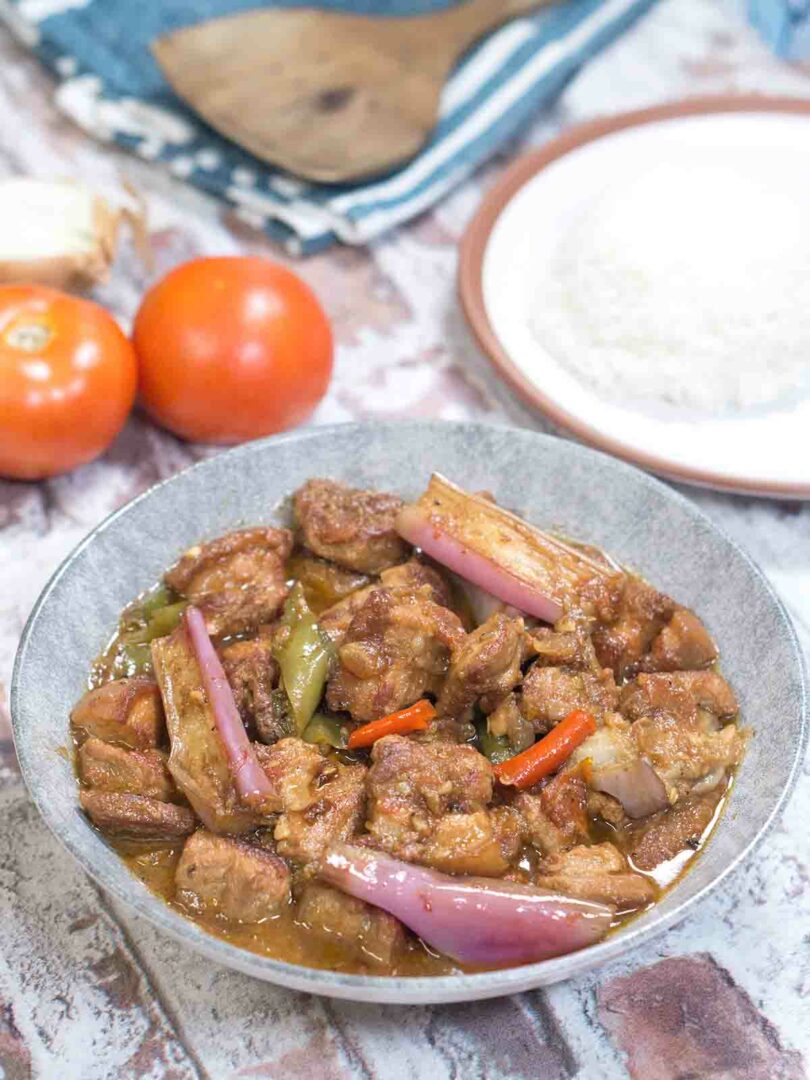
What is Binagoongan?
Binagoongan is a Filipino dish where meat like pork, beef or veggies are cooked in shrimp paste. It’s truly a tasty dish full of umami and savory flavors. This is a popular dish in the Philippines with variations like adding coconut milk or cooking it with vinegar. Other recipes make use of fresh bagoong alamang while some prefer pre-cooked shrimp paste in bottles.
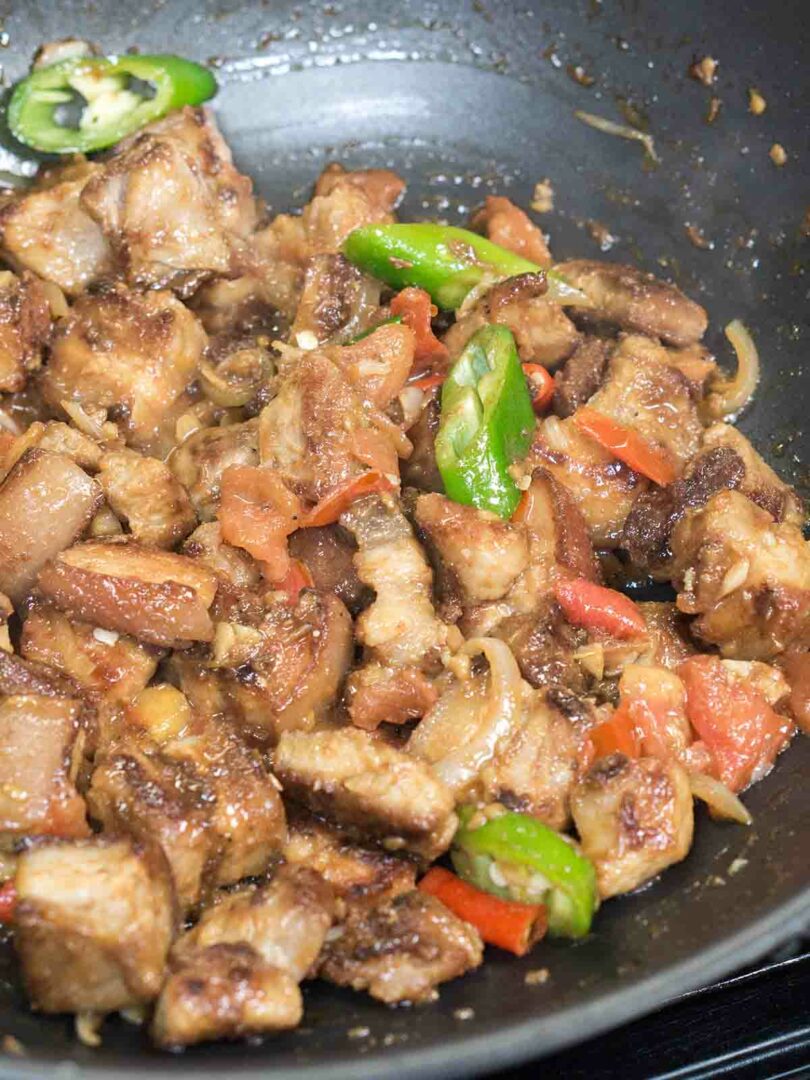
Ingredients You’ll Need
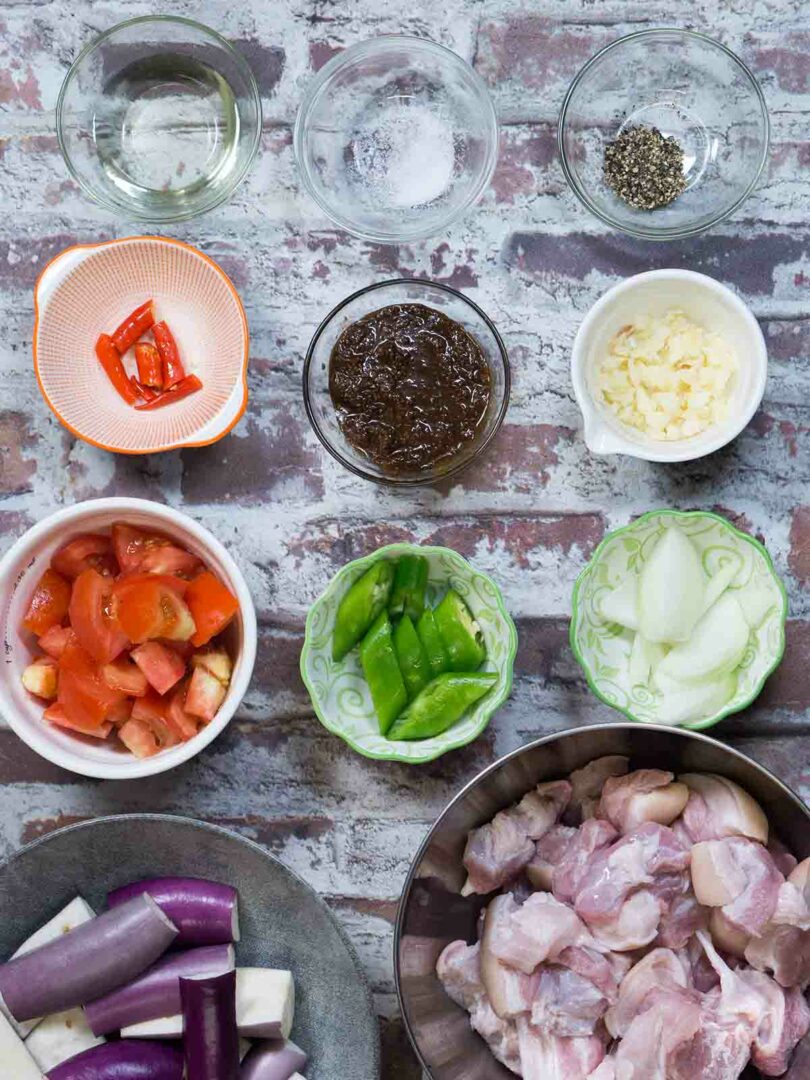
Notes and substitutions
How to make this recipe
Step 1: Sear the meat
- Wash the pork thoroughly and cut it into small pieces.
- In a deep pan or wok over medium heat, cook the fry the pork without oil until browned and fat has rendered. Remove meat from pan and set aside.
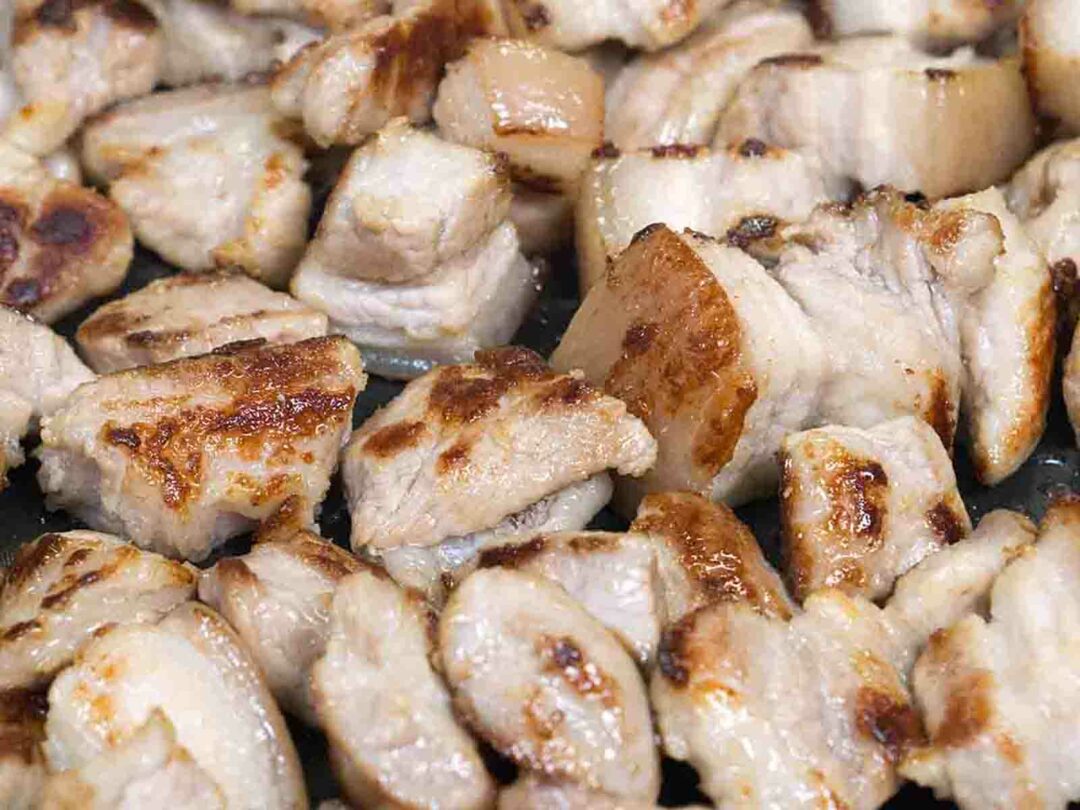
Step 2: Fry vegetable
- Using the same pan, add cooking oil if needed and fry the eggplant until lightly browned and wilted. Set aside
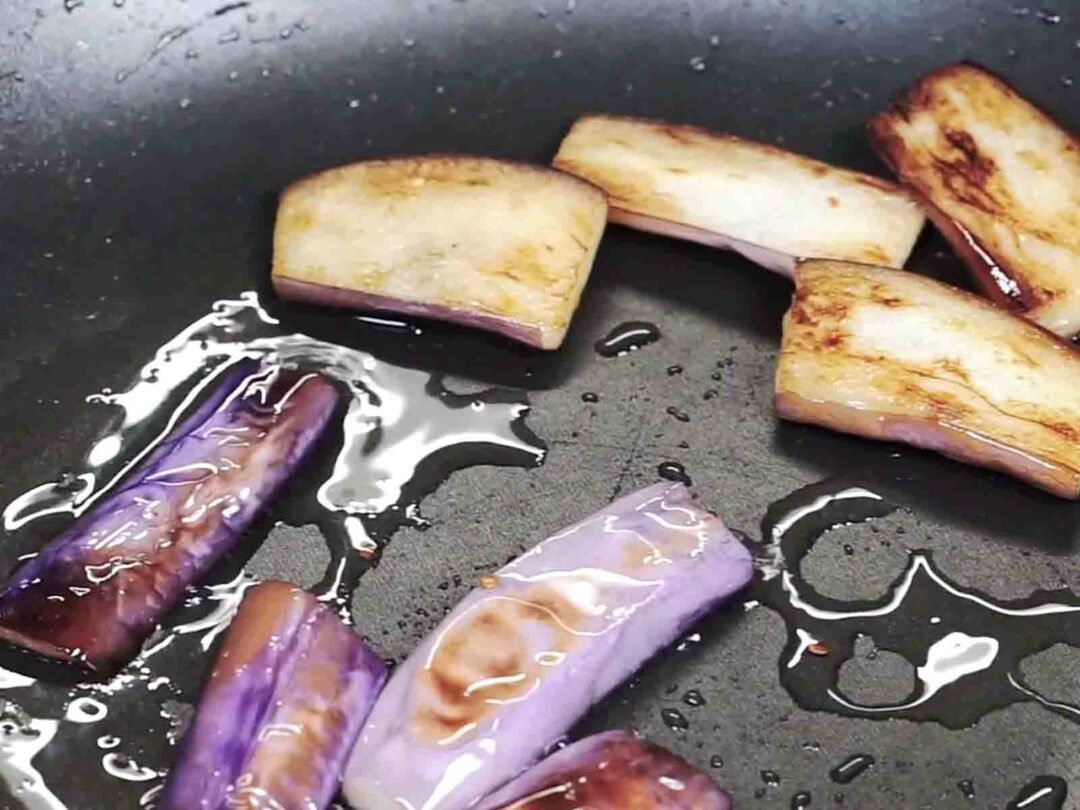
Step 3: Sauté aromatics
- Sauté garlic and onion. Add the tomato and lightly mash to squeeze out the juice. Cook until wilted.
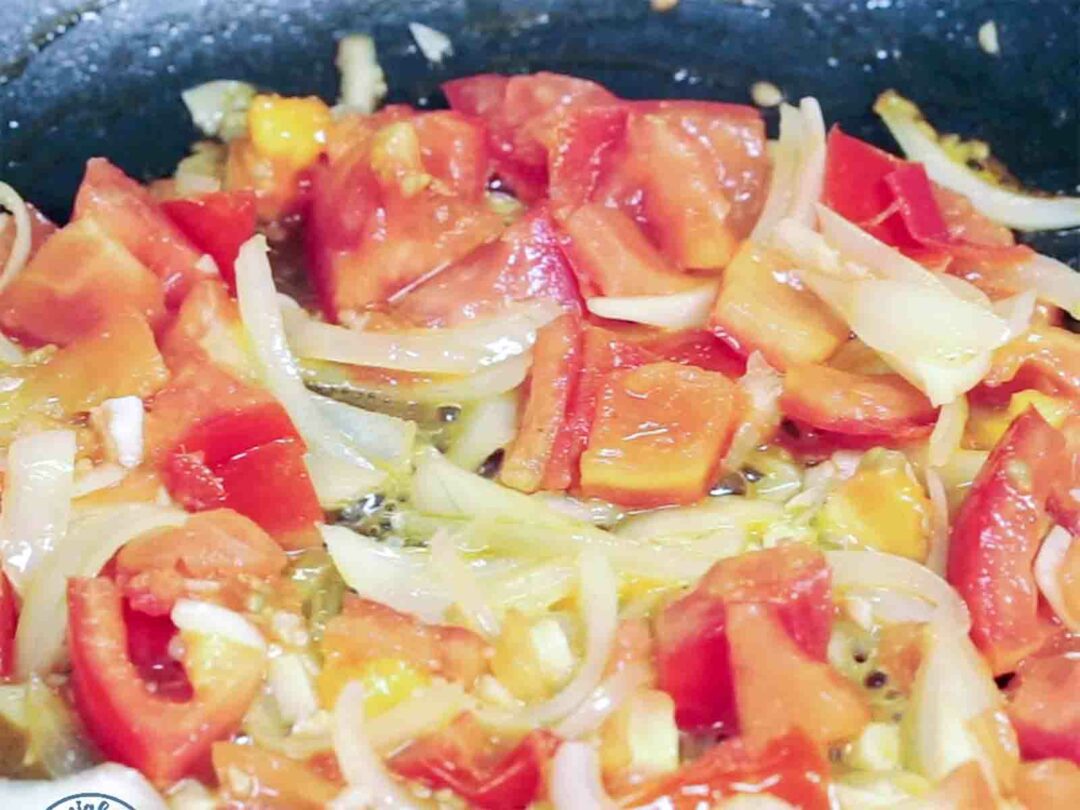
Step 4: Adding the shrimp paste
- Mix in the cooked pork belly and mix to distribute. Cook for 3-4 minutes.
- Tip in shrimp paste and chilis then stir to distribute and simmer for a few seconds.
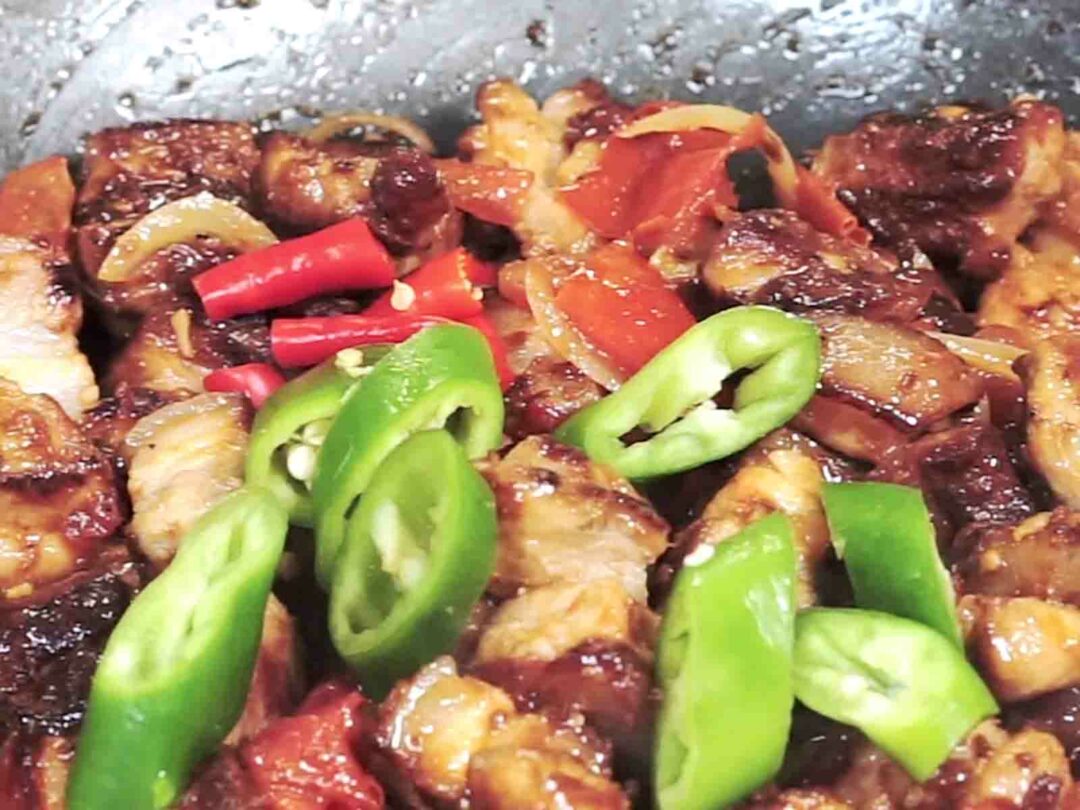
Step 5: Adding water
- Add water, stir then cover the pan or pot with lid. Simmer for 7-10 minutes or until pork is soft and tender. (Add more water if needed)
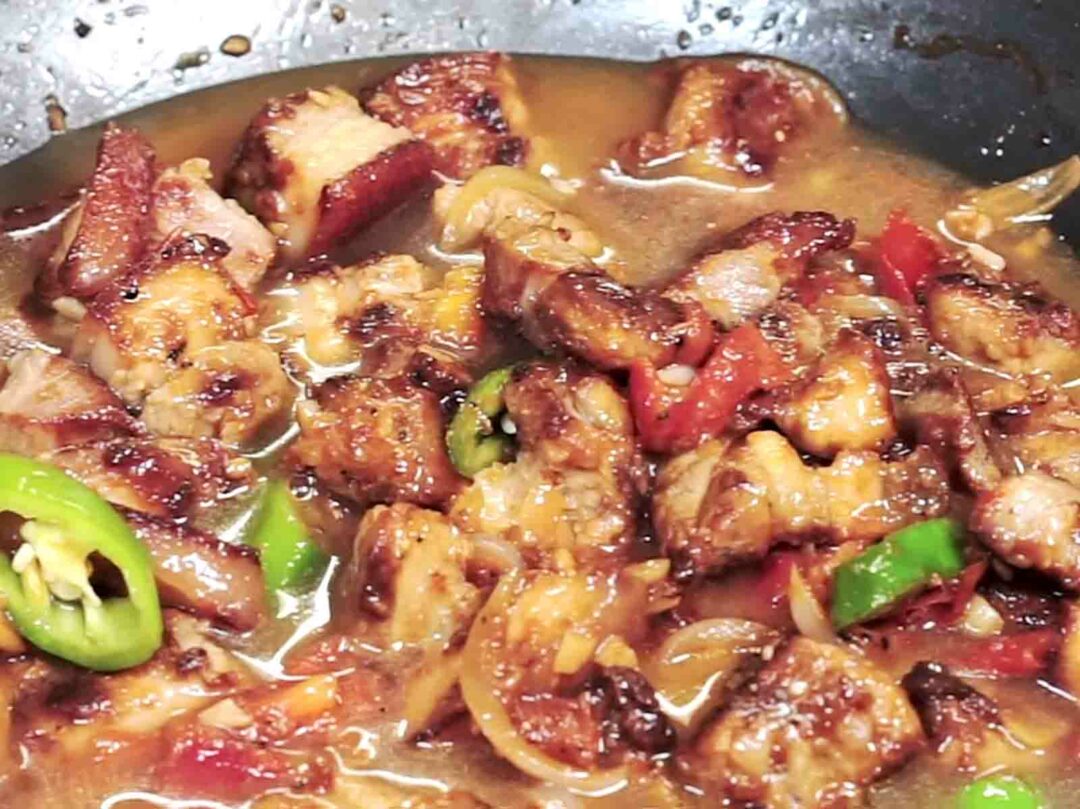
Step 6: Return the eggplant
- At the last minute of simmering, taste and adjust with salt or shrimp paste (if needed).
- Add fried eggplant then cover with lid and simmer for additional 1-2 minutes. Serve and enjoy.
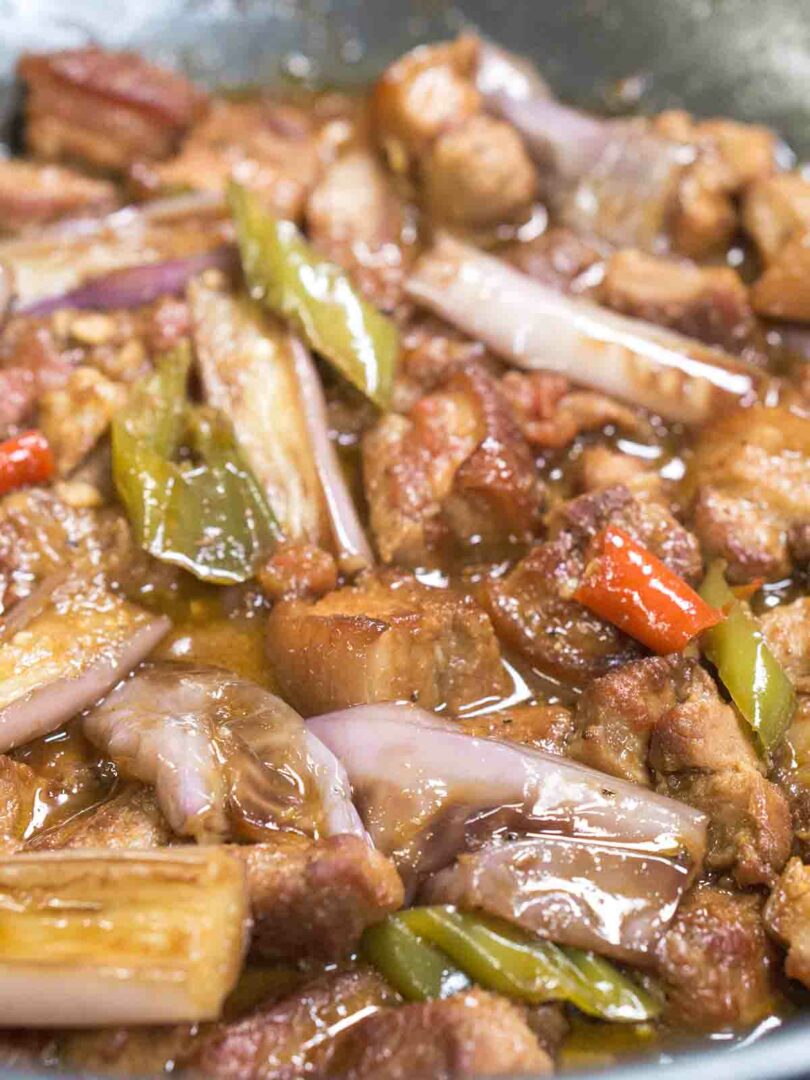
What to serve with binagoongan?
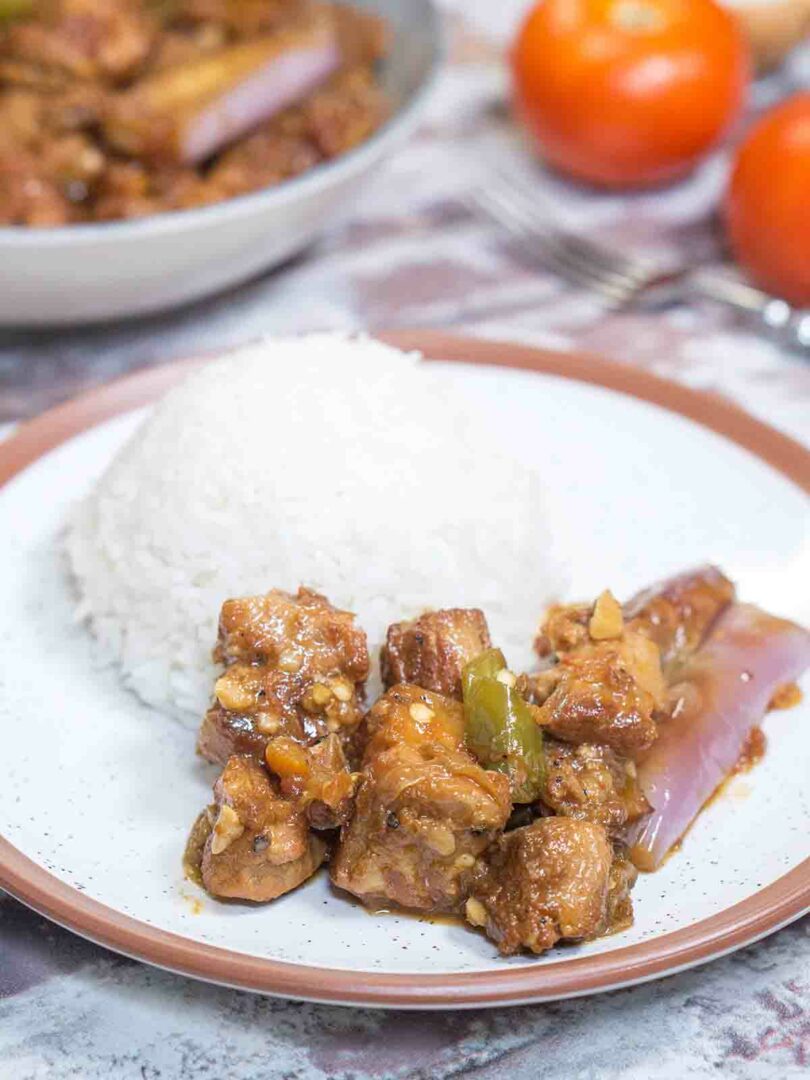
Recipe FAQs
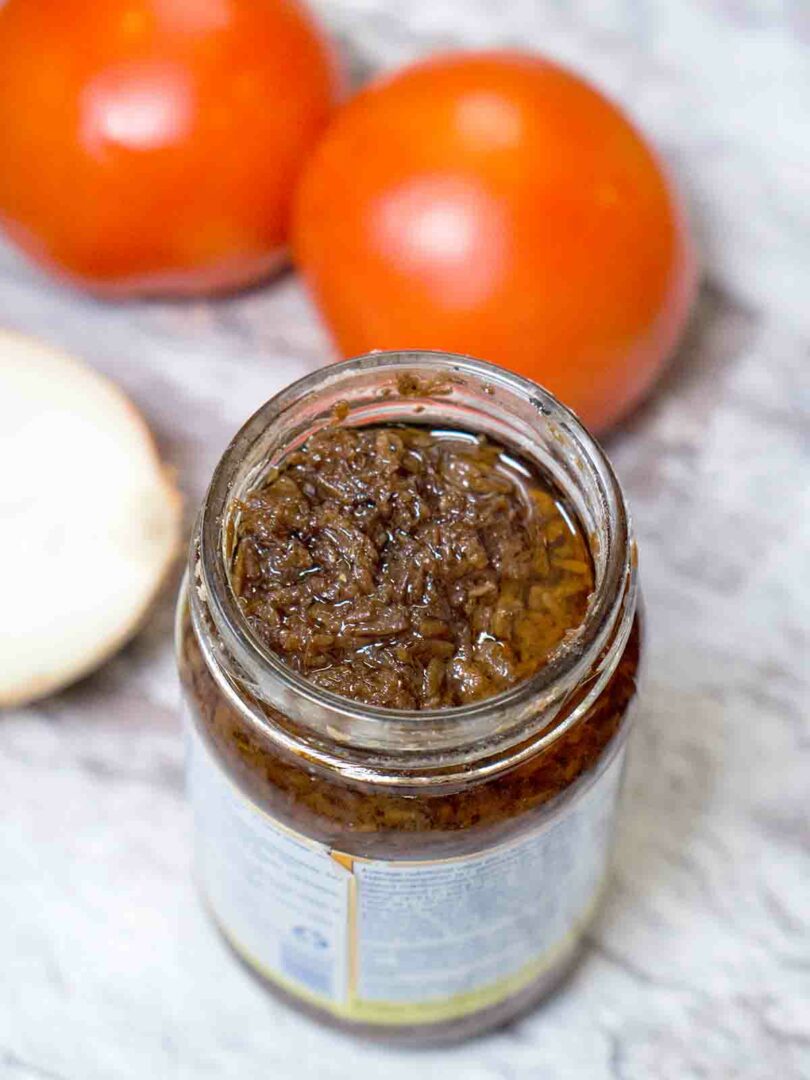
Cooking tips
Other pork recipes you may like
The key component that sets this dish apart is the “bagoong,” a pungent shrimp paste that infuses the pork with its distinctive savory taste. This recipe is so easy to prepare and doesn’t take up much time making it great weeknight dinner idea.
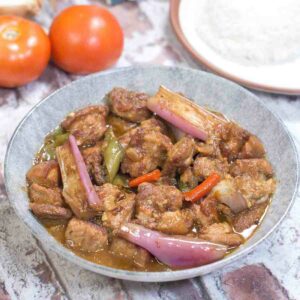
Pork Binagoongan
Ingredients
- 500 grams pork belly (cut into bite-sized pieces)
- ½ cup sautéed shrimp paste (store bought)
- 1 piece green chili pepper (cut into small pieces)
- 1 piece red chili pepper (cut into small pieces)
- 1 medium onion (sliced)
- 3 cloves garlic (chopped)
- 1 medium tomato (sliced)
- 2 medium eggplant (cut lengthwise into 4 pcs. slice to 1 inch thick)
- 2 tbsp cooking oil
- ¼ tsp salt (for seasoning)
- 1 cup water (add more if needed)
Instructions
- Wash the pork thoroughly and cut it into small pieces.500 grams pork belly
- In a deep pan or wok over medium heat, cook the fry the pork without oil until browned and fat has rendered. Remove meat from pan and set aside.
- Using the same pan, add cooking oil if needed and fry the eggplant until lightly browned and wilted. Set aside2 medium eggplant, 2 tbsp cooking oil
- Sauté garlic and onion. Add the tomato and lightly mash to squeeze out the juice. Cook until wilted.1 medium onion, 3 cloves garlic, 1 medium tomato
- Add cooked pork belly and mix to distribute. Cook for 3-4 minutes.
- Tip in shrimp paste and chilis then stir to distribute and simmer for a few seconds.½ cup sautéed shrimp paste, 1 piece green chili pepper, 1 piece red chili pepper
- Add water, stir then cover the pan or pot with lid. Simmer for 7-10 minutes or until pork is soft and tender. (Add more water if needed)1 cup water
- At the last minute of simmering, taste and adjust with salt or shrimp paste (if needed).¼ tsp salt
- Add fried eggplant then cover with lid and simmer for additional 1-2 minutes. Serve and enjoy. Bon appetit!

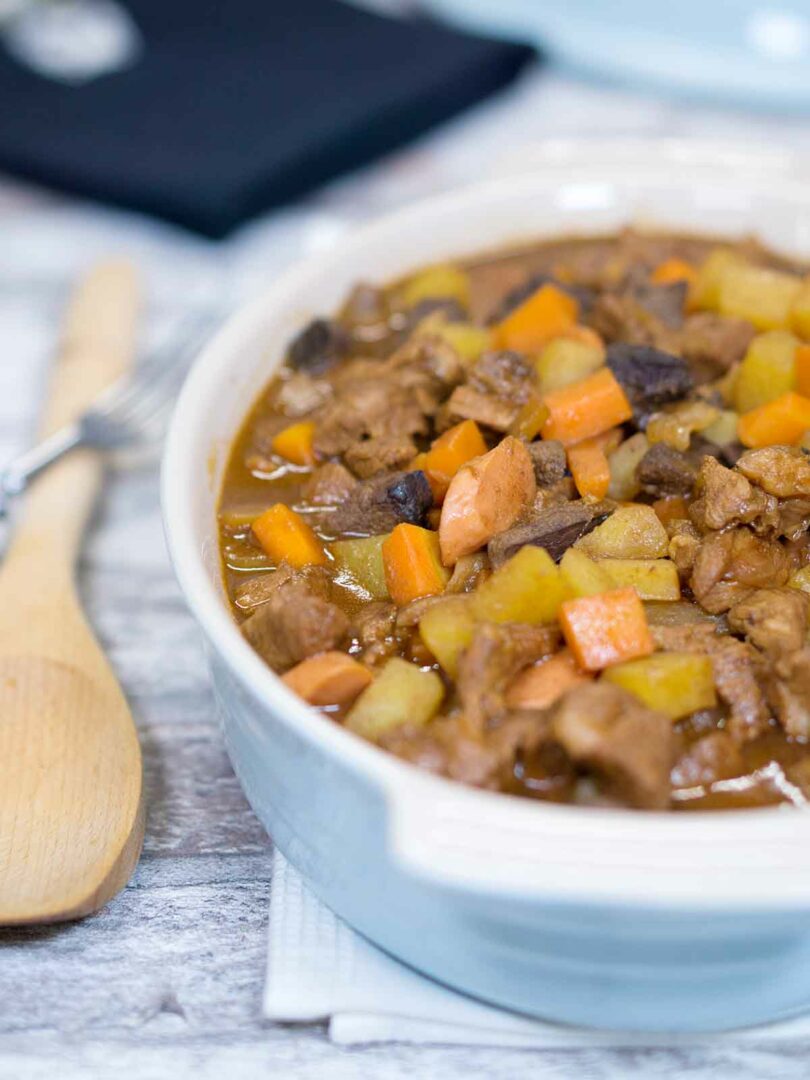
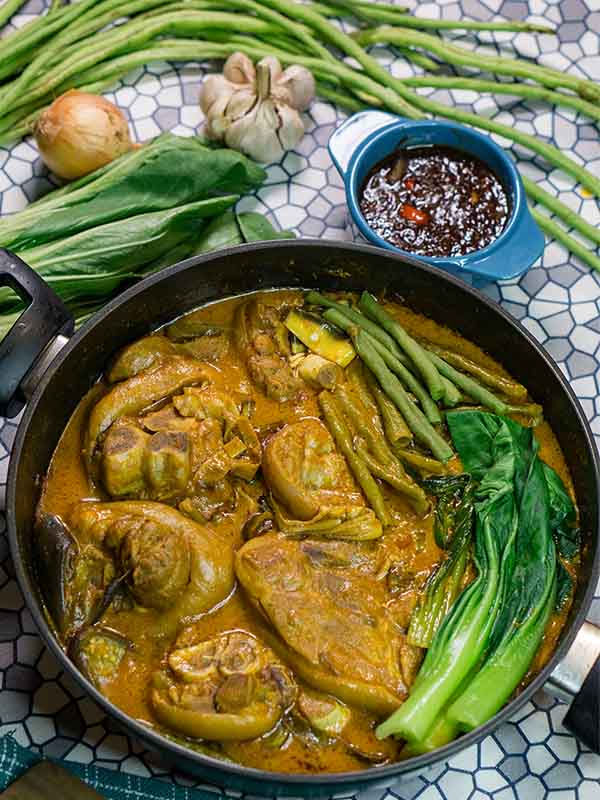
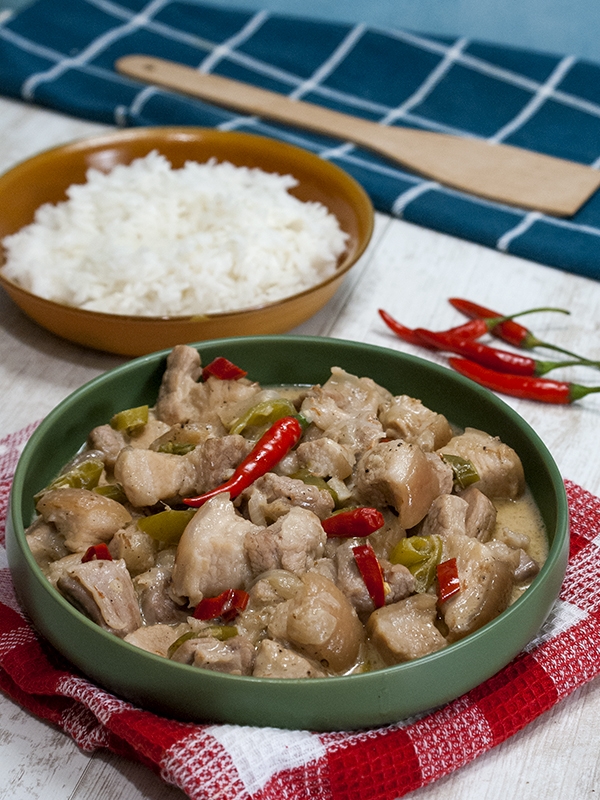
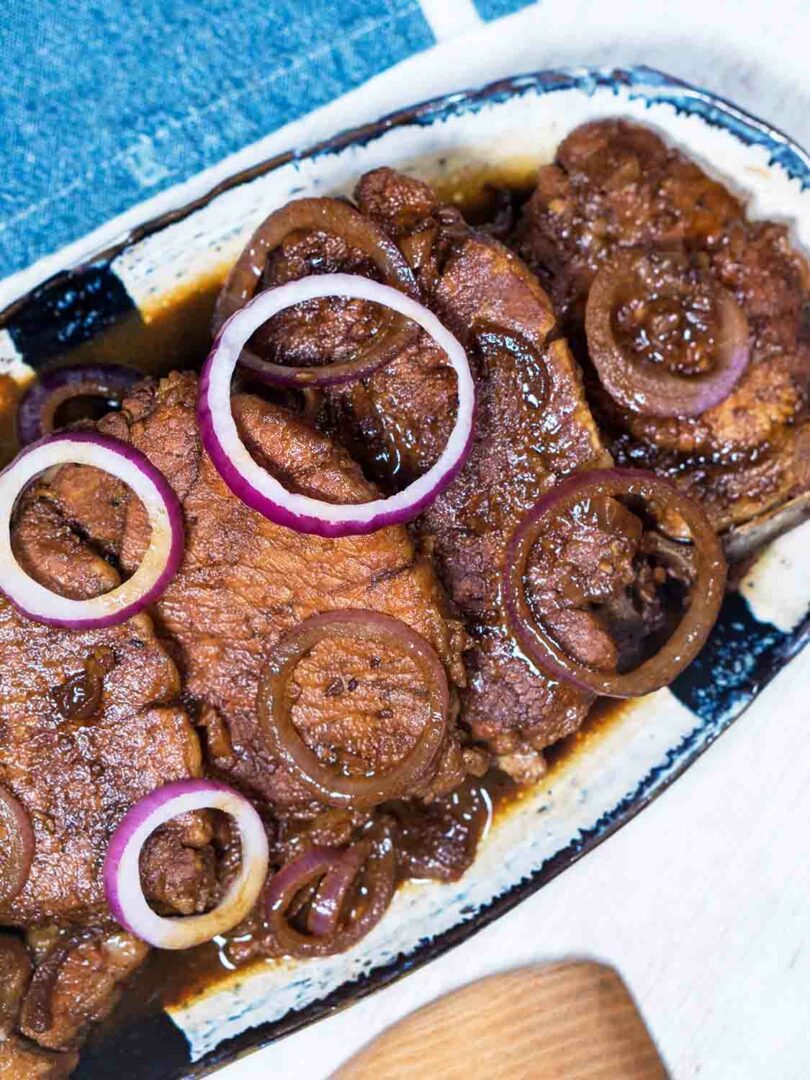
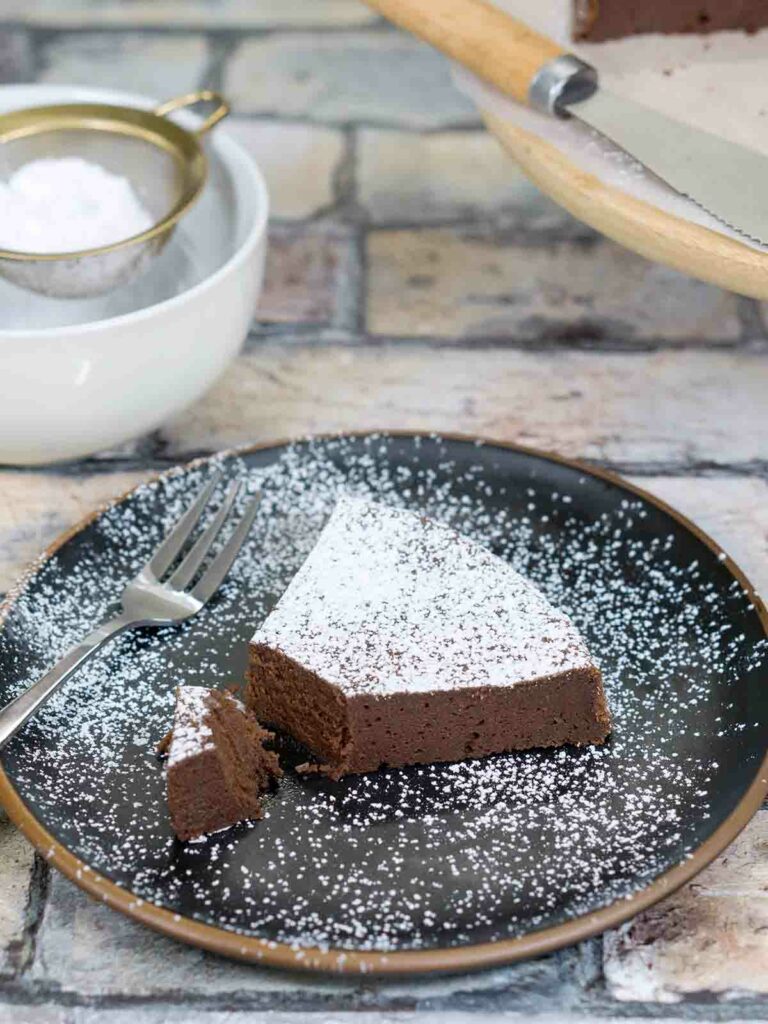
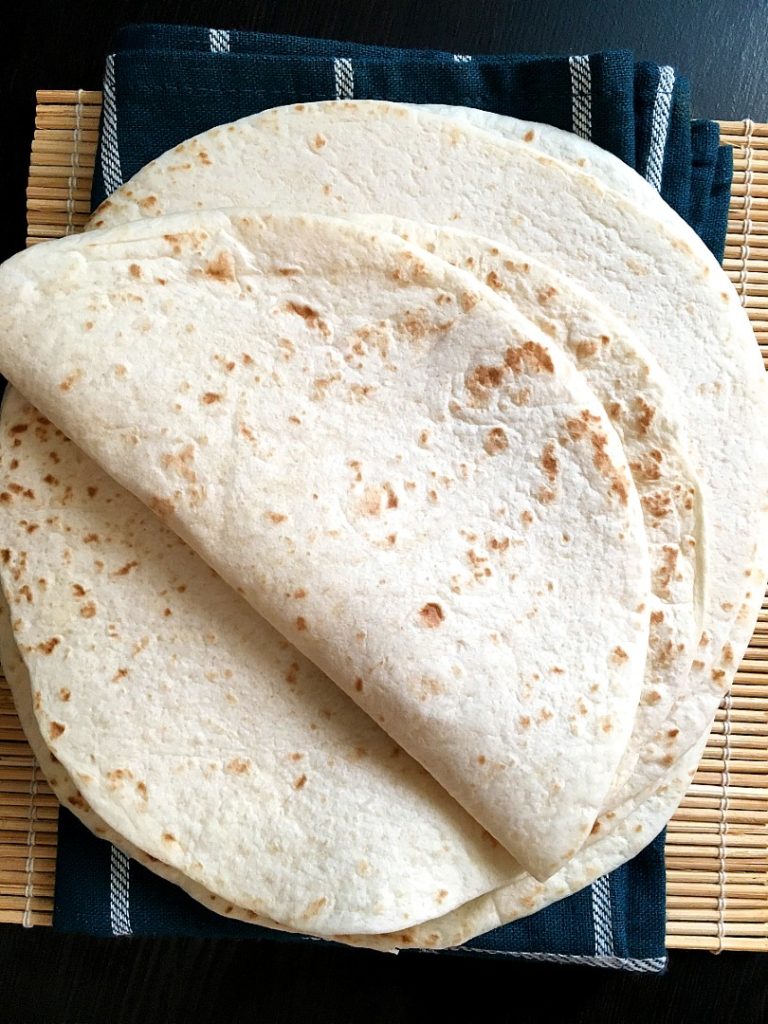
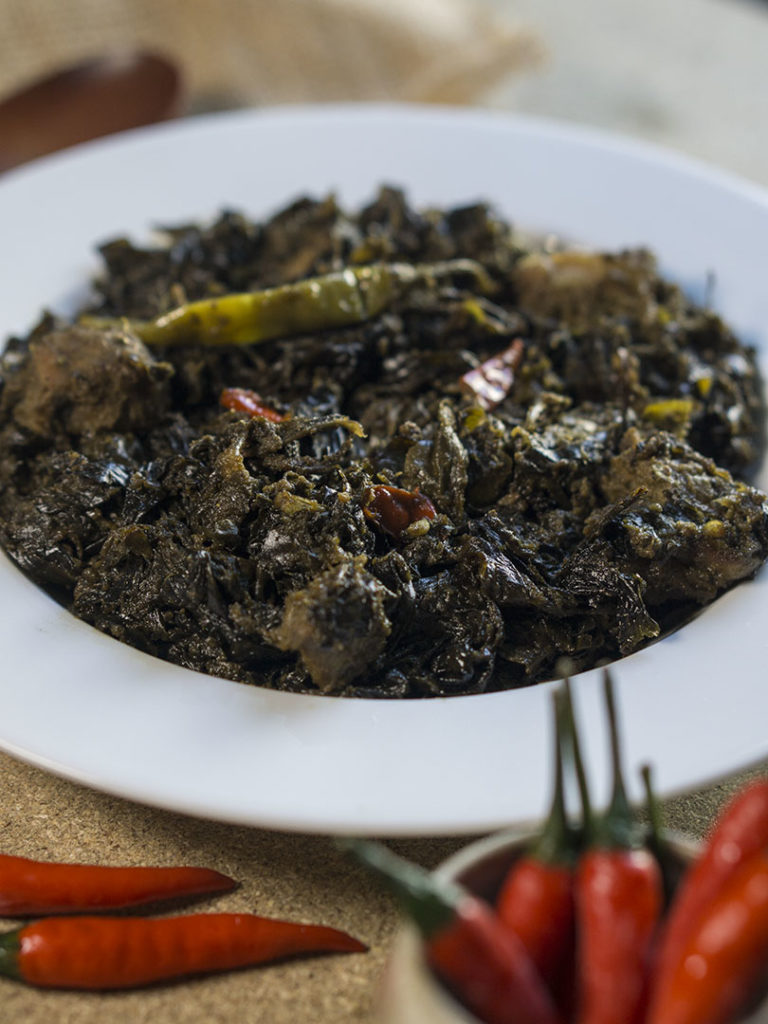
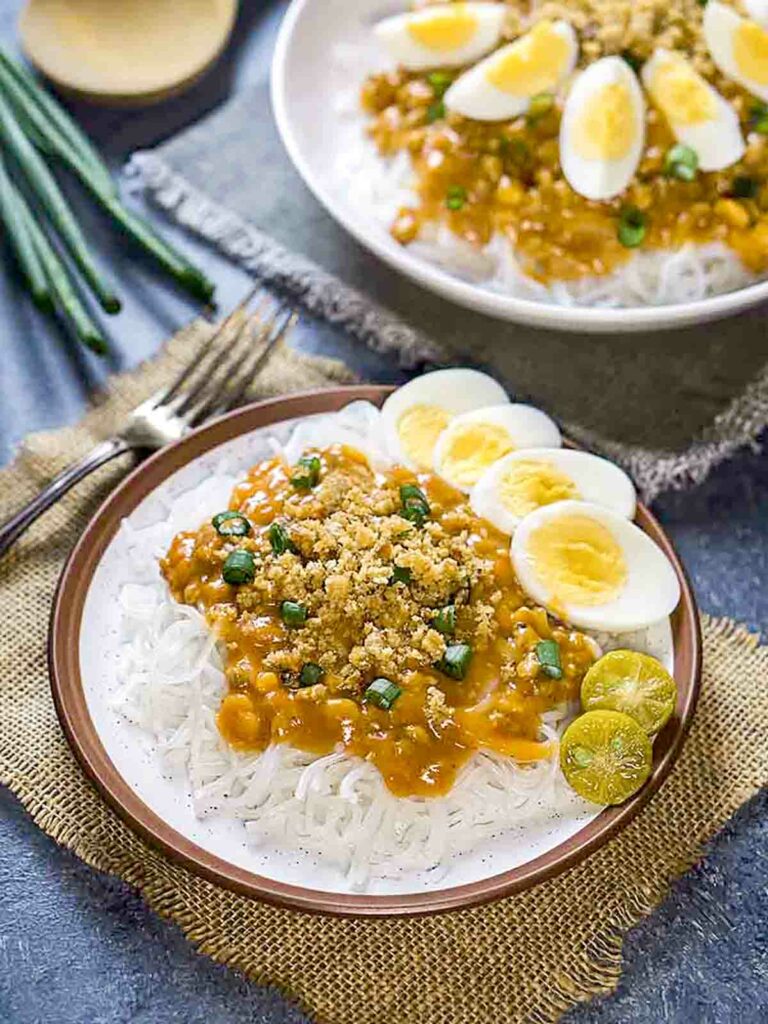
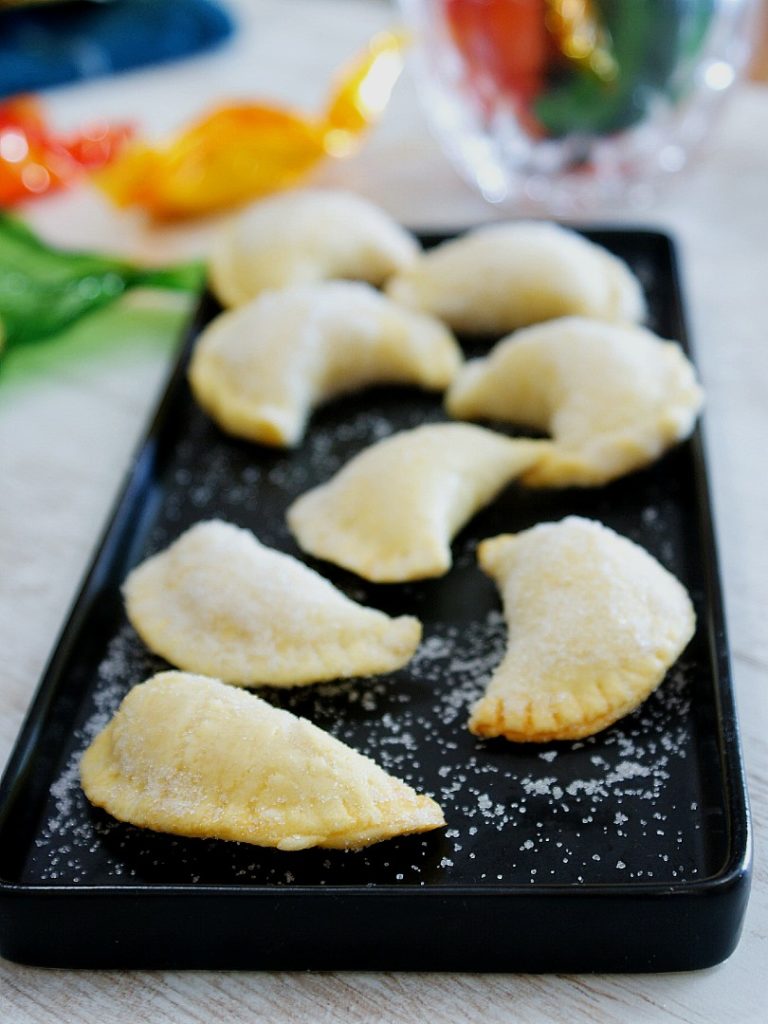

sometimes I use liempo and sometimes bagnet for binagoongan.